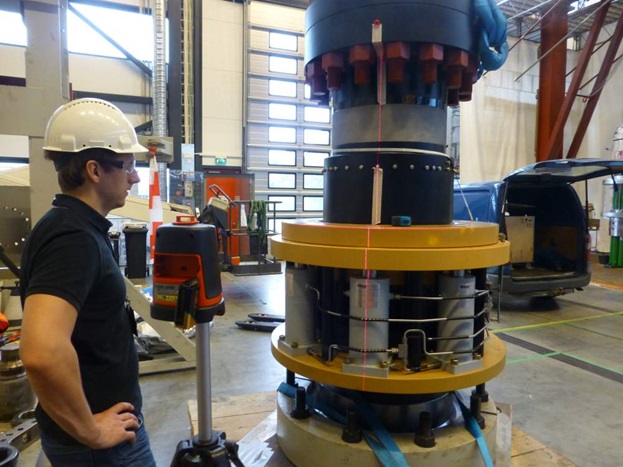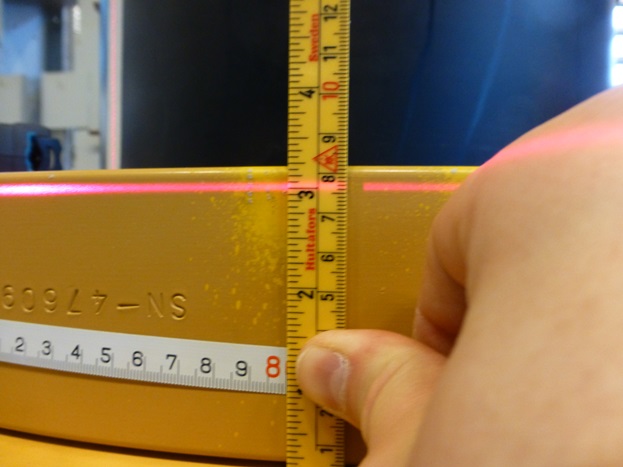Structural monitoring
We provide management and control of the current status of pipelines, risers, structures and wells - an essential part of safety and quality assurance.
Confidence through accurate and real-time monitoring
In order to maintain safety and ensure full continuous operation, it is vital to prevent excess utilisation of components. Strain, curvature, vibration, pressure, temperature and movement are all factors that affect the remaining service life of an asset.
We hold more than twenty years of experience, and our solutions have all been field proven. Having our systems installed allows you to make more qualified decisions regarding utilisation and life extension, which can lead to considerable cost savings.
Replacement and unexpected shut-downs can be postponed and prevented. This provides increased operational reliability and safety, as well as prolonged service life, while at the same time meeting government requirements in a cost effective way.
Below, we describe our services, according to the applicable components.
Drilling and workover operations
During both drilling and workover operations, it is important to ensure that tension, bending moment and movement is kept at a bare minimum. We provide accurate monitoring of these factors, either continuously or as a part of an assessment.
For drilling operations, we arrange our sensors strategically in order to detect relevant loads, such as movement or VIV (vortex induced vibrations), but also motion, tension and bending moment.
During workover operations, we arrange sensor on the tension point and on the lower tapered stress joint and, if required, on the LRP (lower riser package) or EDP (emergency disconnect package).
We measure:
- Tension
- Bending moment
- Shear force
- Angle/Inclination
- Accelerations
Current, waves and position may be added to our system. We offer full redundancy.
Wellhead monitoring
To determine the tension and bending moment at the wellhead, we place sensors as far down as possible on the BOP connector, on the BOP, and on the flex joint. This provides an accurate measurement that allows you to assess the fatigue and remaining service life of the wellhead.
Vibration subsea and EEx Zone
FORCE Technology provides systems for monitoring high frequency vibrations (>1Hz), both subsea and topside, based on strain measurements and accelerations. Subsea monitoring may be combined with hydrophones, and is ROV/diver installable. Topside may include EEx Zone requirements.
Displacement
We use LVDT (linear variable differential transformer) and hydro acoustic sensors to measure displacement from a micro meter to meter range. This may be combined with other sensor systems to provide additional information. Systems are custom built to suit the application.
Installation and tie-in operations
FORCE Technology assists with data acquisition during installation and/or tie-in operations, using a variety of our available sensors, recording critical loads.
Consultancy and expertise
The technology is sought after and in use worldwide, with large clients in the forefront of the oil and gas industry. This is partly due to the increased focus on health, safety and environment (HSE) in the offshore industry, which has lead to operators choosing a more pre-emptive approach. We specialise in technical integrity, and the ability to correctly evaluate and predict historical and future performance of offshore assets.
Do not hesitate to contact us if you would like to receive more information, or if you have any questions or inquiries regarding our structural monitoring services.





